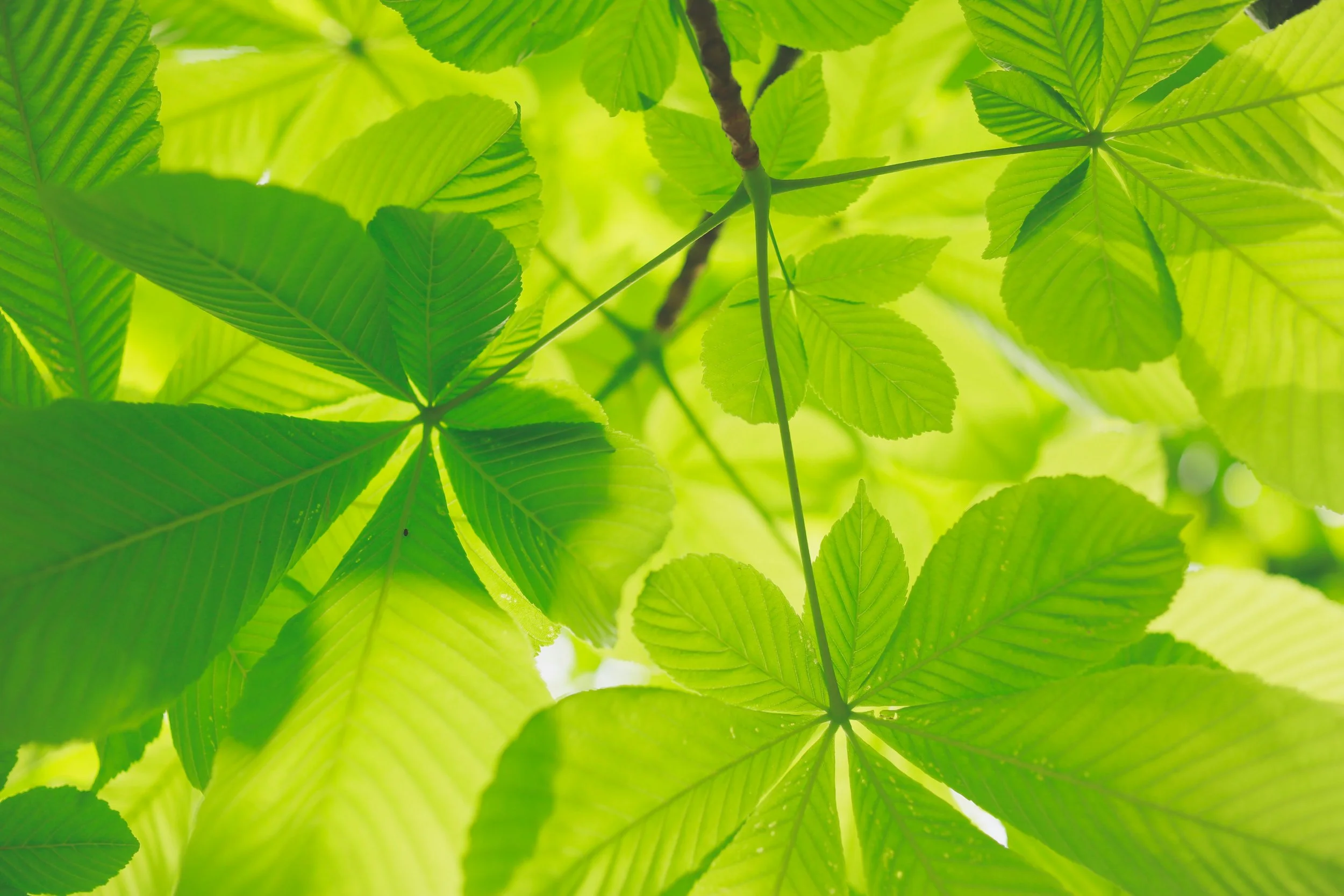
How Does Photosynthesis Work?
How Does Photosynthesis Work?
Written by: Sitara Nair
Everyone knows that humans need food to survive. We eat three meals a day to give us the energy to get our work done, but what about plants? They don’t go to the store, and they don’t cook meals in a kitchen. So how do they get the energy they need to live and grow?
Plants have a special trick called photosynthesis. It might be a big word, but the idea is simple: plants make their own food using sunlight, water, and a gas called carbon dioxide from the air. Let’s learn about this amazing plant superpower!
First of all, the word “photosynthesis” comes from two Greek words:
Photo means “light.”
Synthesis means “putting things together.”
So, photosynthesis means “putting things together using light.” That’s exactly what plants do: they use light to put water and air together to make food!
What Do Plants Need for Photosynthesis?
To make food, plants need three important things:
Sunlight: Plants catch sunlight using a green substance in their leaves called chlorophyll. This is what makes leaves green!
Water: Plants soak up water from the ground using their roots.
Carbon Dioxide: Plants take in carbon dioxide from the air through tiny holes in their leaves called stomata.
What Happens Inside the Leaf?
Scientists like to refer to the Inside of each green leaf as a little food factory. The chloroplasts (tiny parts of plant cells) use sunlight to power a chemical reaction.
Here’s what happens:
The plant takes water (H₂O) from the roots.
It takes carbon dioxide (CO₂) from the air.
It uses sunlight to mix these together.
Then the plant makes glucose, a type of sugar it uses for energy, and releases oxygen (O₂) into the air.
The Photosynthesis Formula
If you like science, here’s a simple way to show the process as a formula:
6CO₂ + 6H₂O + light energy → C₆H₁₂O₆ + 6O
Don’t worry if this looks confusing, it just means that 6 molecules of carbon dioxide and 6 molecules of water use sunlight to make 1 molecule of sugar and 6 molecules of oxygen.
Why Is Photosynthesis So Important?
Photosynthesis doesn’t just help plants. It helps every living thing on Earth! Here’s why:
It gives us oxygen to breathe. The oxygen we breathe comes from plants doing photosynthesis. Without them, we couldn’t survive!
It creates food. Plants make their own food, and animals (including us) eat plants or animals that eat plants. That means all our food starts with photosynthesis.
It helps clean the air. Plants take carbon dioxide out of the air, which helps slow down climate change.
So when you see a tree, a blade of grass, or even a tiny weed, remember, it’s doing very important work for the whole planet!
Fun Facts About Photosynthesis
Plants don't sleep, but they do photosynthesis mostly during the day when there's sunlight.
Cacti and desert plants do photosynthesis too, even in very dry places.
Underwater plants and algae do photosynthesis in lakes, rivers, and oceans.
Some plants close their stomata at night to save water!
References
National Geographic Society. Photosynthesis 101. National Geographic Education. Last modified May 20, 2020. https://education.nationalgeographic.org/resource/photosynthesis-101/.
Raven, Peter H., Ray F. Evert, and Susan E. Eichhorn. Biology of Plants. 8th ed. New York: W.H. Freeman and Company, 2012.
U.S. Department of Agriculture. “The Science of Photosynthesis.” USDA, Natural Resources Conservation Service. Accessed July 25, 2025. https://www.nrcs.usda.gov/conservation-basics/natural-resources/soil/photosynthesis.
American Museum of Natural History. What Is Photosynthesis? Accessed July 25, 2025. https://www.amnh.org/explore/ology/plant-science/photosynthesis.
